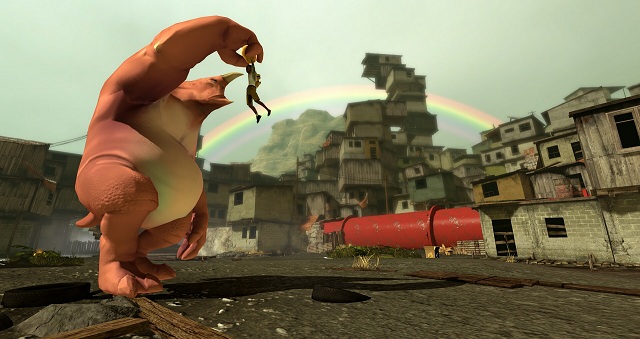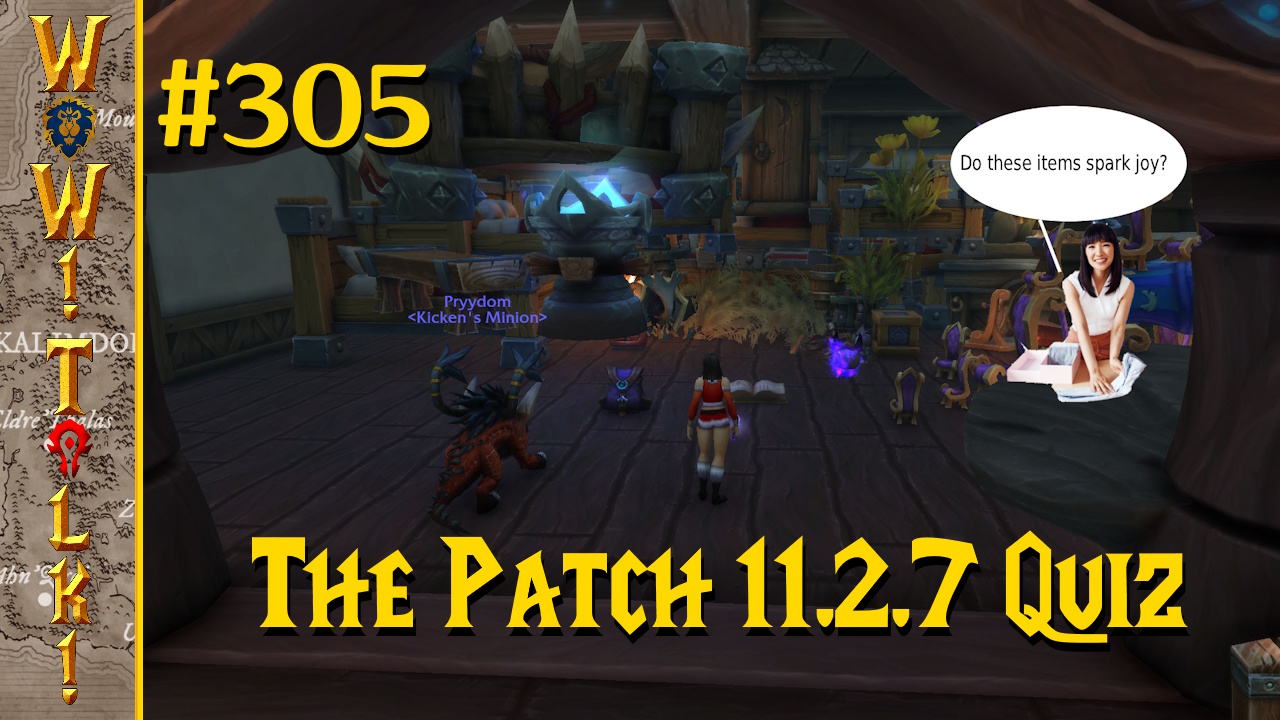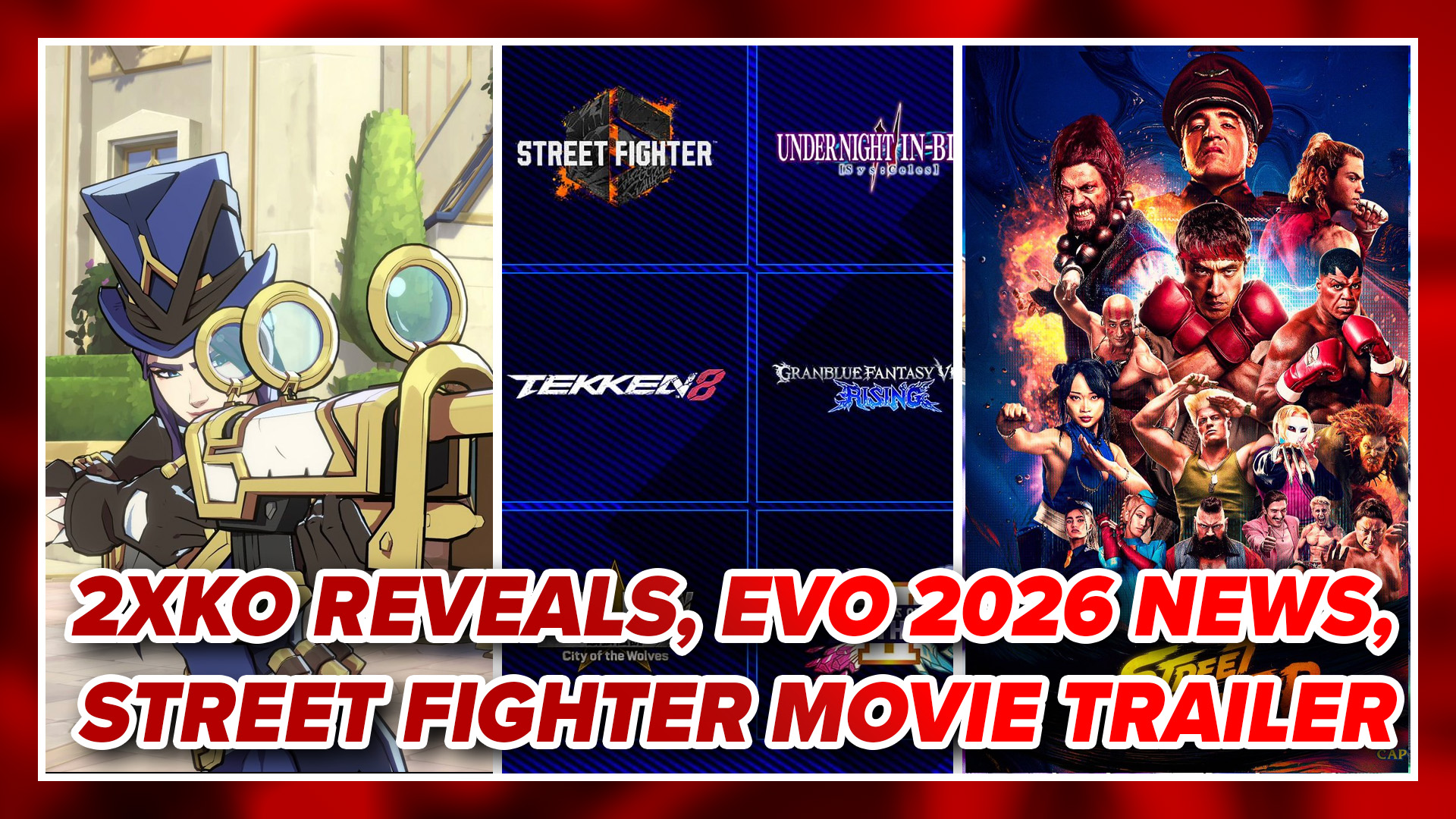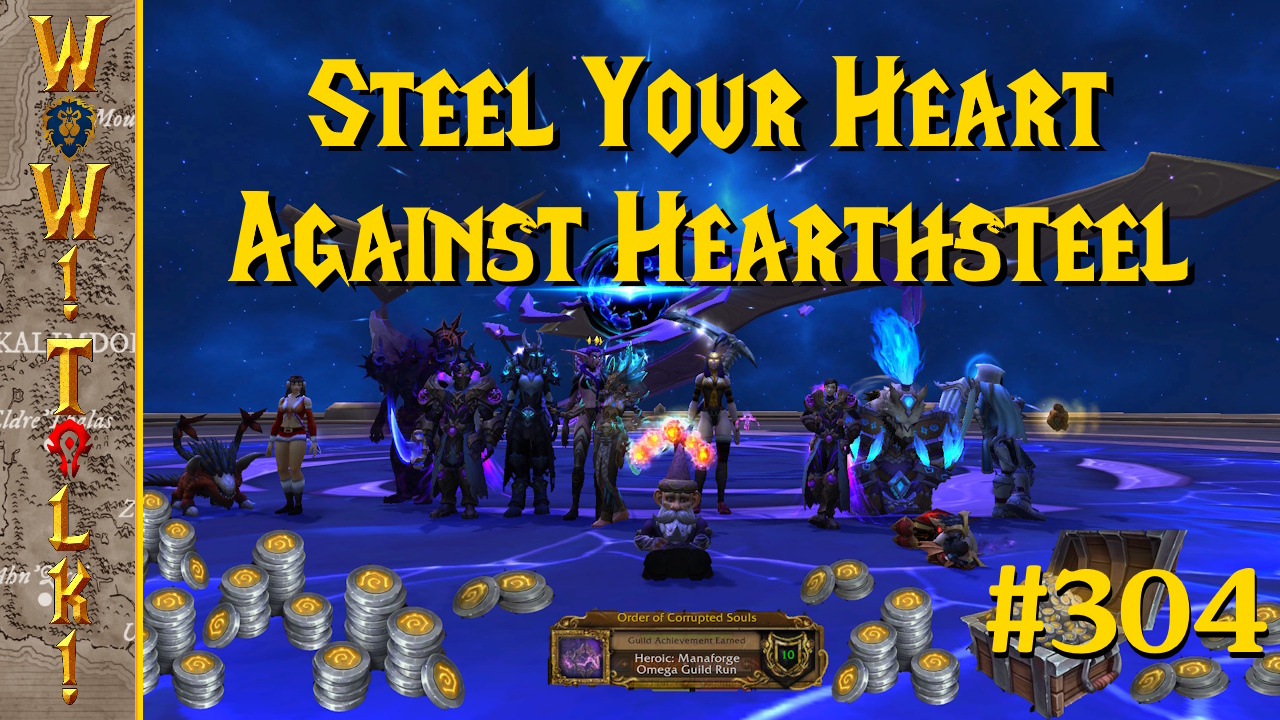Papo & Yo is the semi-autobiographical story of Vander Caballero and his childhood love/hate relationship with his alcoholic father. It’s something that’s probably difficult to explain to anyone who hasn’t undergone a similar event. How do you show someone what it feels like to care about someone who treats you terribly? From the outside looking in, people always ask the abused why they stay with their abusers; or why they still care for someone who is so terrible to them. This game attempts to show you how that feels, but does it in a way that the developers might not have expected as I both love and hate this game.
This game is difficult to classify, but calling it a strange puzzle/platformer might do it some justice. Most of the time, you’re looking around for different switches and pulleys so you can manipulate the environment and continue on to the next place. You’re looking for glowing white machinery that’s been drawn onto the walls and floors, activating them and then looking for the next white thing you now have access to. It makes a lot of the game’s puzzles pretty boring, as all you’re doing is poring over the walls and surfaces looking for something you can manipulate that will open the path to the next thing you can manipulate.
It’s the main way the game is played, and it isn’t really all that interesting most of the time. I got stuck quite a few times while wandering around an area, poking around each corner looking for the one thing I missed that would open up my path. In some instances the route to these switches isn’t very clear, as the game can be finicky about what you can and can’t stand on. There is only one very specific route you can take to each item, and if you’re having trouble figuring it out, you’re going to get stuck.

There are some impressive efforts in the art design to make the gameplay feel more interesting. Most of the game takes place in a colorful shanty town. Its walls are covered in impressive graffiti that was designed by real-world artists from Chile & Brazil. A lot of this artwork is jaw-dropping in its use of color and imagination, and I actually spent a lot of time taking a closer look at it. Also, while using the switches to move things in the environment, they don’t just go to where they’re supposed to. Many of them will grow small, white legs that look like they were drawn in chalk by a child, and then walk over. Some others might grow little wings and fly to where they need to go. Often, the environment will just move in unexpected ways, giving the whole place a feeling of being drawn from a child’s imagination. It goes a long way to making the tedium of the game’s tasks a lot more visually stimulating, but it’s still boring work a lot of the time.
The appearance of the monster doesn’t do much to make things any more interesting, either. I don’t know what I expected him to be, but for the most part, he was just another item you had to use correctly to move on. You’re often just trying to get him to certain spots for various reasons, so all you’re doing is luring him around with food or keeping him out of something until he falls asleep in the right spot. It was interesting once, but I really found it tiresome after a few screens.
The only part that was good was when the monster eats a frog. This was one of the most important things that was talked about up to the game’s release, as frogs were the stand-in for alcohol in the game. If the monster gets a hold of one, his playful mood disappears in an instant, and he will then home in on you and attack. During these sequences the puzzle solving is given a sense of urgency, as you really don’t want the monster to catch up with you. He’s bright red and covered in flames while the music plays a fast-tempo beat, one that screams at you to run. It’s not exactly horror game music, but it does let you know that you don’t want this thing to catch you.
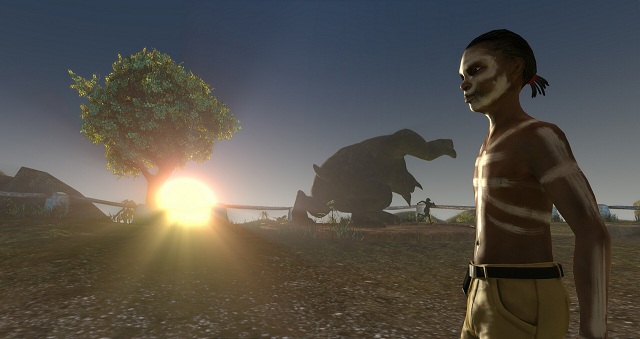
Frantically operating the puzzles while the monster is right on your tail was fun, and I wish it had happened more at the beginning of the game. For most of the last hour, there are quite a few sequences like this, including a point where the monster never calms down from his rage again. This is easily the best part of the game, as all of the jumps and movements now have an added pressure to them. I can’t just putter around an environment looking for where I need to go, as there is an enraged beast the size of a house dogging my movements. It also doesn’t hurt that the switches aren’t hidden in as many devious places during these sequences. When the monster is mad, the game is streamlined and tense, and I just wish that there had been more of this at the beginning to keep my interest.
That tension can’t exist for long in a game where death has no meaning, though. I know that many games use checkpoints these days, and death is rarely more than an inconvenience for most players, but even reloading a checkpoint means something. I need to see that my failures have some sort of effect on the game, or what’s the point of even trying? Papo & Yo suffers from the same problem that Prince of Persia game from 2008 had in that death doesn’t carry any weight. There are no real consequences for screwing up in the game, so that tension I felt couldn’t sustain itself. Why would I worry about falling off a cliff if I was just going to warp right onto the block I was standing on?
It’s funny, because the game still did a pretty good job of making me not want to fall or get caught. When you’re platforming out of the monster’s reach, it keeps pace with you; giving you this sense that it will hop on you and devour you if you slip up even a little. During escapes the camera pans around to give the player a good view of the creature’s size; letting its roars fill your speakers while you hop from platform to platform. It’s neat that they could make me feel this way after my initial disappointment, but I still think this could have been made a bit more frightening just by giving me a game over screen or costing me some progress.

It’s a shame that the game is so weak during most of its first few hours, because the story and symbolism are well done at the end. The game almost seems lost during its first few hours, as if it’s trying too hard to make the game longer so that people won’t feel ripped off. The beginning feels like an overlong tutorial, teaching and showing you things that only drag the game out. It’s a short game as is, and I can see how they would feel like they needed to add more areas to keep buyers from rioting, but the last hour and a half was the only part of the game I really liked. That’s when all of the exciting stuff happens, and everything came together. That’s the game I would have happily bought and raved about, even if it had only been an extremely short game.
They needed to establish the monster as someone you depend on to survive. The game needed to develop your co-dependence on him so you could share in the hero’s love/hate relationship with the Monster when he is consumed by his rages, but the game took too long setting that up. I found the monster to be more of a nuisance at the start, and only began to feel that split relationship during the game’s last two hours. That’s really when this game won me over, leaving me blown away by the touching, yet sad ending.
While it can be heavy-handed at points, the story during Papo & Yo‘s finale makes the game worthwhile. There are some sequences that use the game’s tricks and system to make you do some things that are genuinely troubling, using strong symbolism to look into the darkness of the boy’s life. While most of the game does take place in a child’s whimsical imagination, that doesn’t mean that same imagination can’t be used to blot out terrible life events. Through what you do, you get to feel some of Vander Caballero’s pain and get some sense of what it must have been like to be the brunt of his father’s rages. Not only that, but you get a first hand look at some of the effects on his family. Watching what happens to one of the characters through your avatar’s eyes is one of the most emotionally unsettling things I’ve ever seen. It is a painful look at abuse, but beautiful in how frank and honest it is. I hope the man has exorcised some of his memories in making this game.

Papo & Yo might not be ‘fun’ in some places, but I really do feel like padding was forced into the game to make it more appealing to buyers. Just the same, I can’t really fault a game about being abused by an alcoholic parent for not being all that fun. This game is one long allegory, a look at Vander Caballero’s life through a lens we can understand. It’s meant to show pain and loss as well as joy, to help us feel a fraction of what he’s gone through. It may require more patience than some might be willing to give it, but if you can get past the duller ‘game’ aspects of it, then you will find a touching story of a boy’s escape from darkness.


